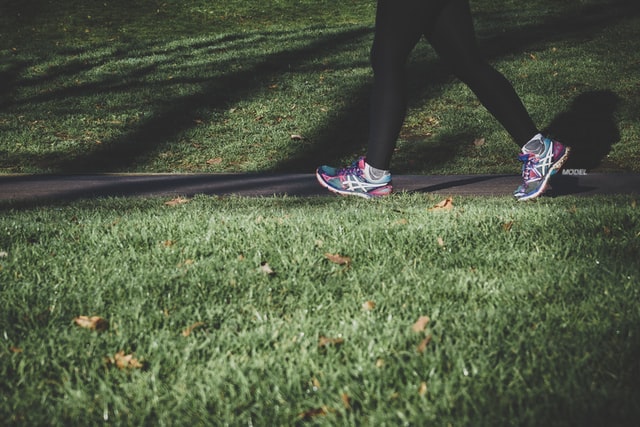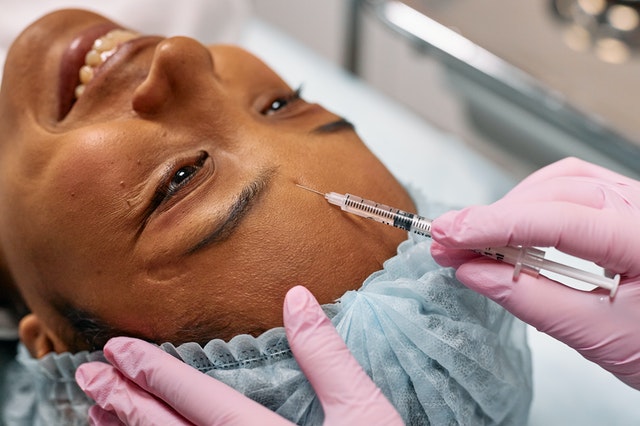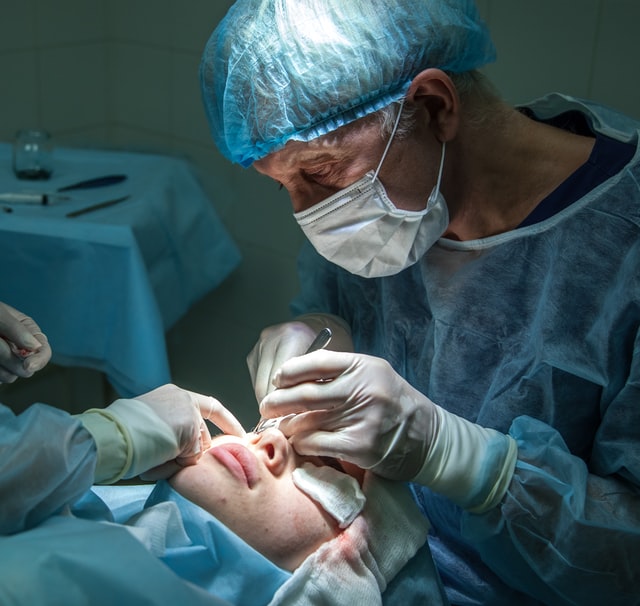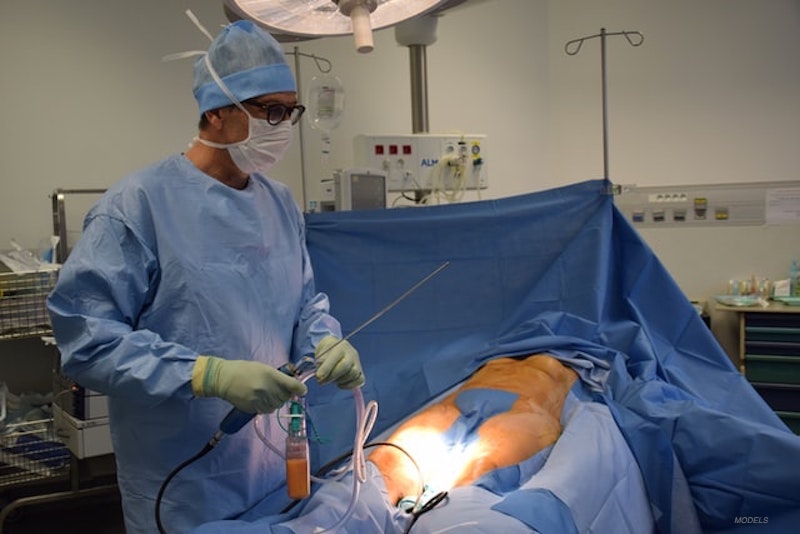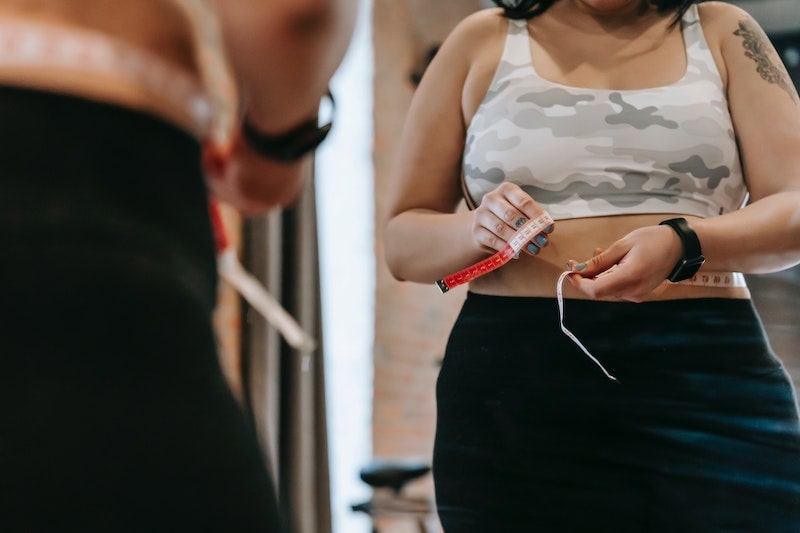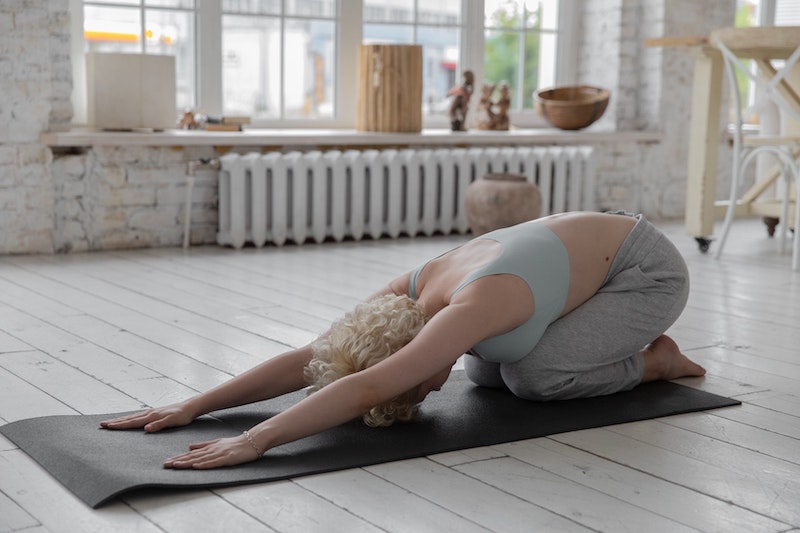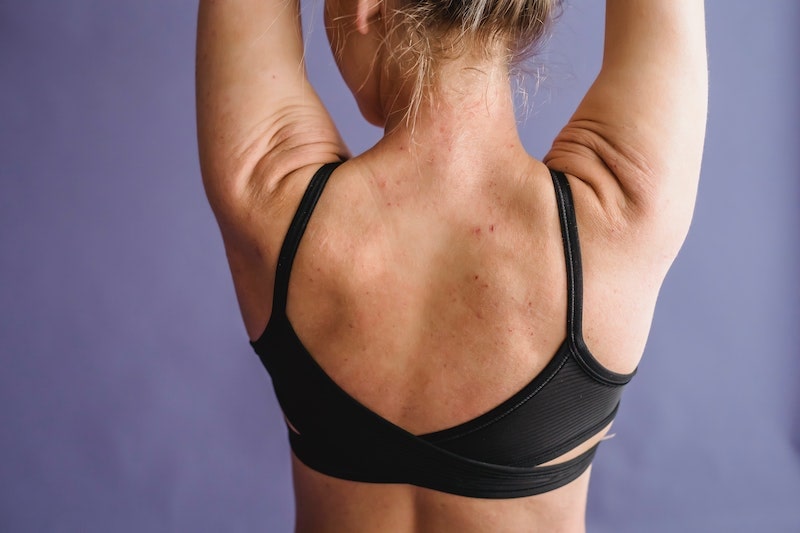How to Prepare Your Home for Your Post-Surgery Recovery
5 Minute Read:

No matter what type of surgery you’re scheduled to have, it will take some time for you to recover and mend. And what better place to recover than the comfort of your own home. After all, home is one of the finest locations to recover from all life’s obstacles. Even though these scenarios are not how we would like to spend our time at home, having a safe and comfortable place for healing is reassuring. Therefore, it’s essential to prepare your home for your post-surgery recovery. To help you do this, we’ve prepared simple tips in this article. They will help you make your home a clean and comfortable environment to aid in your full recovery.
Pro Tips to Prepare Your Home for Your Post-Surgery Recovery
When it comes to post-surgery recovery, it’s highly recommended to adjust your living environment to make it more pleasant and accessible. Operations such as breast augmentation or even facelift surgery will make you sore and prevent you from doing many everyday things for a while.
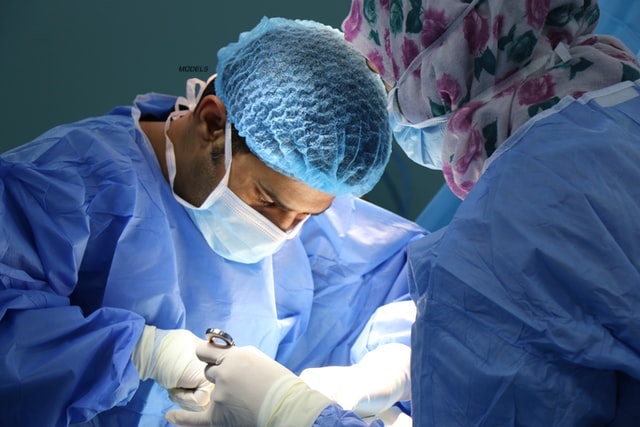
No matter how minor or routine your surgery will be, you will need to recover from it for a while.
To help you have a quicker and easier recovery, we’ve put together some recommendations on preparing your home. So once you’re back from your surgery, you’ll be able to relax and solely focus on your recovery.
Make Sure Your Home Is Spotlessly Clean
To aid with your rehabilitation, your home should be clean and cozy. Resting in a clean environment also aids in the prevention of undesirable bacteria near the healing wound. Try to deep clean the house right before the procedure to create a refreshing environment.
Even after non-invasive procedures such as laser skin resurfacing, it’s crucial to return to a clean and disinfected home. Make sure to clean your bathrooms thoroughly, wash your bedding, dust, vacuum, mop, and empty the sink of dirty dishes.
You might want to consider hiring a cleaning service to freshen up your living area after surgery. This way, you’ll allow your body to relax while still maintaining a healthy environment for your smooth recovery. However, if you are physically willing and able to manage minor cleaning on your own during the post-surgery stage (although we don’t recommend it), make sure you have enough cleaning products on hand.
Declutter Your Space
The next step in preparing your home for your post-surgery recovery is decluttering. So take a good look around your home and see if there are things you don’t regularly use that you could get rid of to make extra room.

Decluttering is a great way to prepare your home for your post-surgery recovery.
The main goal of decluttering your home is to try to clear the space and make everything more accessible during your recovery. Make sure to go through your refrigerator, freezer, and pantry and throw out products about to expire. Tossing them before surgery will help you avoid any unintentional food-related diseases.
Restock!
After you’ve gotten rid of any old or undesired products in the pantry, go ahead and replenish them with new and fresh items. This is especially important if you’re going to recover alone and have no one to shop or cook for you.
The best idea is to stock up on frozen foods that can be quickly reheated in the microwave. You might wish to make some meals ahead of time and freeze them for later usage while you’re recuperating.
In fact, buy everything you need ahead of time—for example, paper towels, toilet paper, coffee, etc. The last thing you want after your breast lift is to run to the grocery store for basic supplies.
Spruce Up Your Living Space
The simplest way to prepare your home for post-surgery recovery is to spruce it up. Simply purchasing a few indoor plants such as Aloe or a Jade Plant before your procedure will help. According to research, indoor plants may contribute to a speedier recovery period and better air quality.
They also add a welcome environment and a nice touch of green to your living space. Just make sure you do your homework on caring for your plants before the surgery and provide instructions for anyone who may be assisting you during your recovery.
Rearrange Your Furniture
Another essential thing to take care of and make your post-surgery recovery easier is to rearrange your furnishings to create open passageways between the rooms you’ll need to visit.
Depending on the type of surgery you had, you might need to use a wheelchair or other walking aids for a while. If that’s the case, consider the size of the device and design a walkway around it.
Also, after some surgeries, such as a tummy tuck, you won’t be able to reach upward or downward to any amount. This means you’ll have to position objects around your home at the appropriate height. A good idea is to go over your daily plan and place everything you’ll need for eating, grooming, and entertainment on a countertop or other easily accessible location.
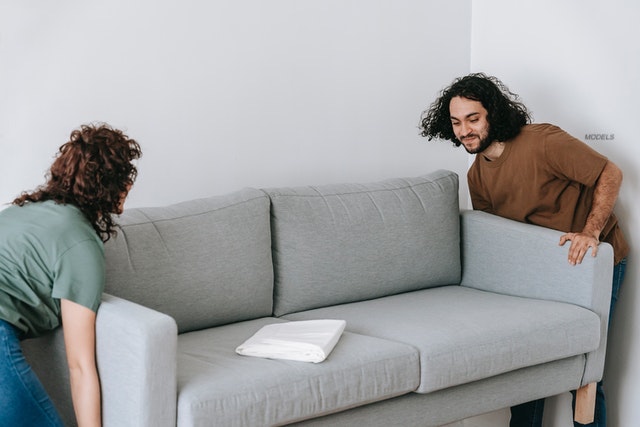
Consider hiring professionals to assist you with moving bulky items and furniture pieces in your home.
However, moving furniture around your home on your own can be pretty challenging, no matter how fit you might be. Also, it’s essential to save your strength before the surgery and not risk injuring yourself. To avoid this, the team from bestmoversinflorida.com suggests hiring professional movers to help you move bulky items and transport them.
Your Post-Surgery Recovery Will Be Easier if You Prepare Your Home!
We hope our advice helps you prepare your home for your post-surgery recovery. If you make small efforts and adjustments, you’ll make the entire process that much easier and quicker.
And if you’re still having doubts about plastic surgery, schedule a consultation with Orange County’s finest plastic surgeon. They’ll be able to answer any questions you might have and help you decide what options are best for you.








